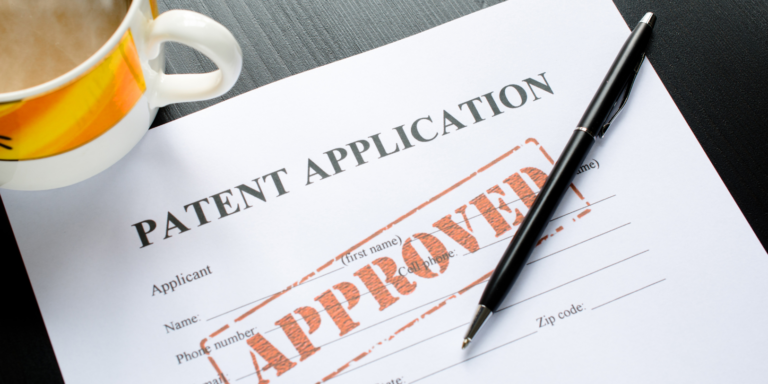“The Office is concerned that even extremely strong patents become unreliable when subject to serial or parallel challenges.”
The U.S. Patent and Trademark Office (USPTO) has issued a Notice of Proposed Rulemaking (NPRM) modifying the rules of practice for inter partes reviews (IPRs) before the Patent Trial and Appeal Board (PTAB), with the stated goal being “to focus inter partes review proceedings on patent claims that have not previously been challenged in litigation or where prior litigation was resolved at an early stage.”
The NPRM comes on the same day that the Office officially withdrew a 2024 NPRM issued by former USPTO Director Kathi Vidal, which proposed to codify several changes around serial and parallel petitions practices; rules for briefing on discretionary denial requests; termination and settlement agreements; and the factors for consideration of discretionary denials.
The now-withdrawn NPRM also summarized the comments received on those topics in response to both the April 2023 Advance Notice of Proposed Rulemaking (ANPRM), for which Vidal received harsh criticism, and an October 2020 Request for Comments (RFC) on “Discretion To Institute Trials Before the Patent Trial and Appeal Board.”
According to a press release issued today by the Office, the 2024 NPRM was withdrawn “to evaluate future actions in light of the administration’s current priorities.”
The NPRM issued today expands upon recently-confirmed Director John Squires’ emphasis on “born-strong” patents and quiet title. A press release issued on the NPRM said that, under current practice, “the Office is concerned that even extremely strong patents become unreliable when subject to serial or parallel challenges.”
The release noted the following highlights from the NPRM:
“Specifically, the proposed rule would:
- Require an IPR petitioner to file a stipulation not to pursue invalidity challenges under 35 U.S.C. §§ 102 or 103 in other forums;
- Provide that the USPTO will not institute an IPR when the USPTO or another forum already has adjudicated patentability or validity of the claims;
- Provide that the USPTO will not institute an IPR when another proceeding is likely to determine patentability or validity of the claims under §§ 102 or 103 first; and
- Permit the USPTO to institute an IPR notwithstanding a prior adjudication or expected earlier determination on patentability or validity when exceptional circumstances exist.”
The NPRM noted that “hindsight bias” and the fact that “reasonable minds may, and frequently do, disagree about whether a particular patent claim meets the statutory requirements” result in even very strong patents being at risk of invalidation throughout their lifetime when there is an ability to challenge them repeatedly in different forums.
Under the proposal, when a claim has been found valid via both examination at the USPTO and in another forum, such as a district court, the International Trade Commission, or another USPTO proceeding, IPR may be unwarranted. It would require IPR petitioners to stipulate that they will not be pursuing invalidity challenges in other venues and “would further require the Petitioner to file the stipulation in any other venue where it is litigating with the patent owner.” The NPRM further explained:
“The Office’s view is that this requirement would promote fairness and efficiency by channeling similar patent challenges to a single forum and ensure that IPRs ‘should generally serve as a complete substitute for at least some phase of the litigation.’”
IPWatchdog Founder and CEO Gene Quinn welcomed the NPRM and dubbed it “sensible” and “encouraging.” Quinn said:
“This NPRM should be welcomed and thoroughly supported by patent owners. The IPR process was sold to the American people as a faster and cheaper alternative to expensive patent litigation. Unfortunately, what happened almost immediately was that the IPR process became a time-consuming, costly, additional hurdle to resolving patent disputes. This led to even more infringer hold-out, never ending challenges, and a patent grant that didn’t look anything like a legitimate right or property of any kind. It is extremely encouraging to read in the Background that the Office is concerned with patents continuing to drive investment, which requires quiet title. So, aside from the sensible rule that would require petitioners to choose either to litigate in federal court or challenge patent claims at the Office, there seems to be clear-minded understanding on the part of the Office that it is past time to deliver the PTAB the industry was promised while still honoring the fundamental purpose of the patent system and the rights that are supposed to be granted to innovators.”
The deadline to comment is November 17, 2025, and comments must be submitted in writing through the Federal eRulemaking Portal.
Image Source: Deposit Photos
Author: garagestock
Image ID: 136294304





